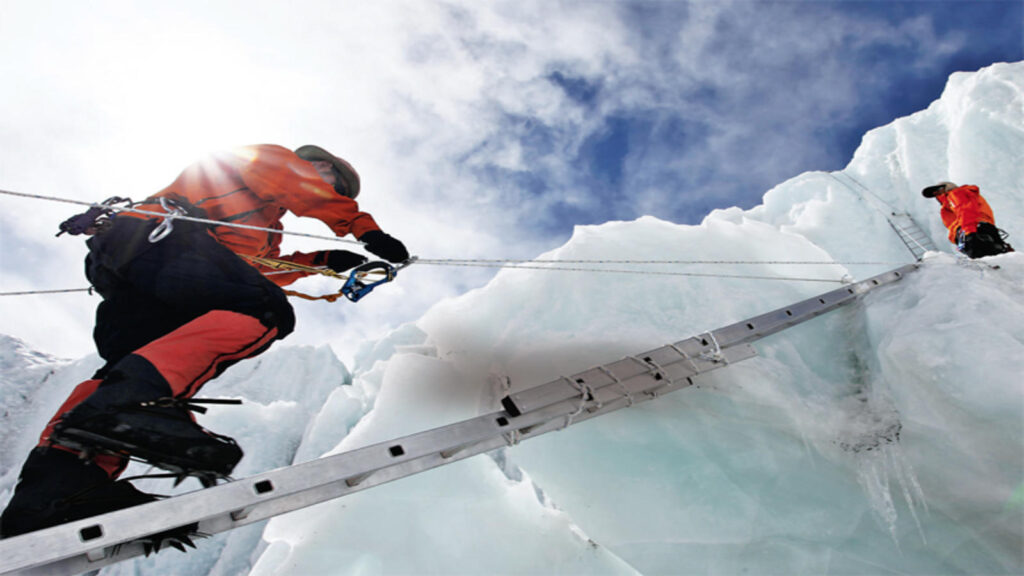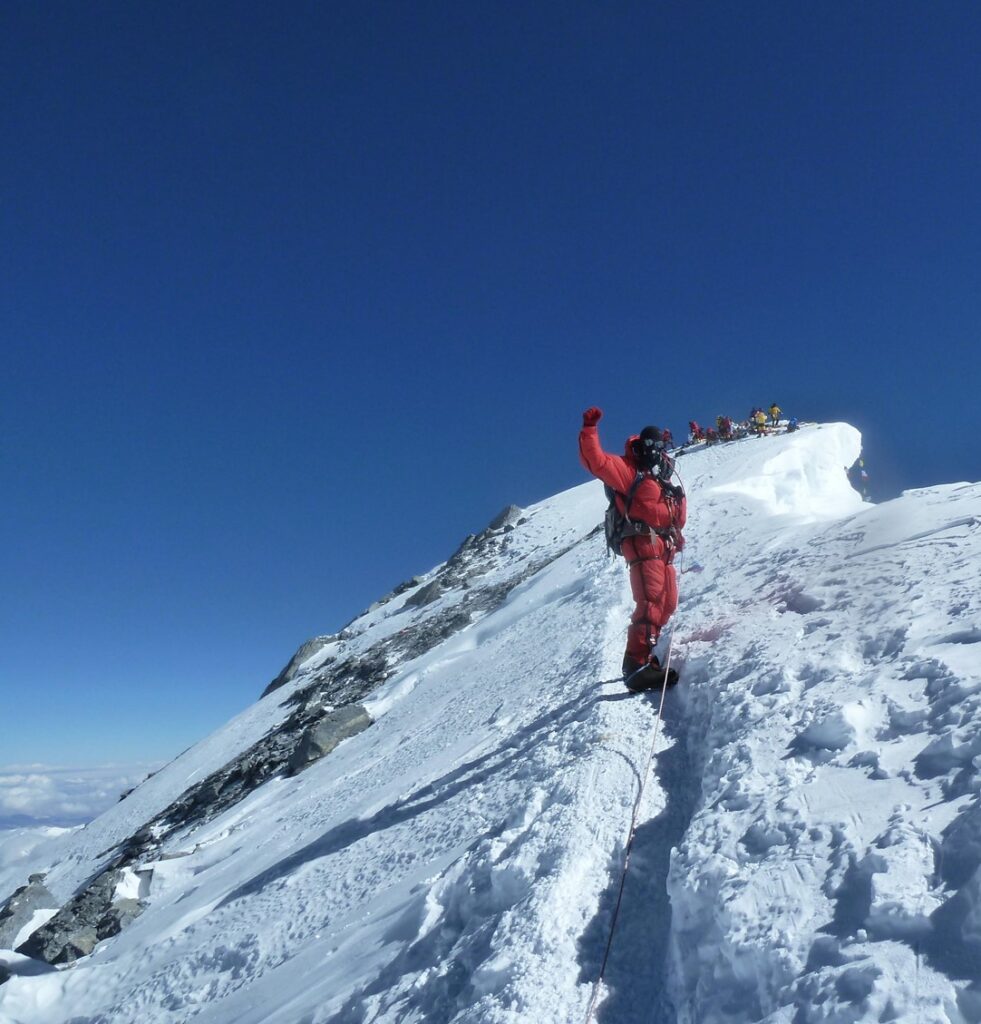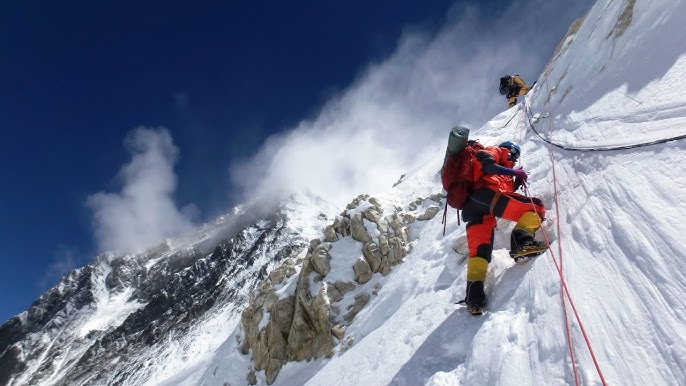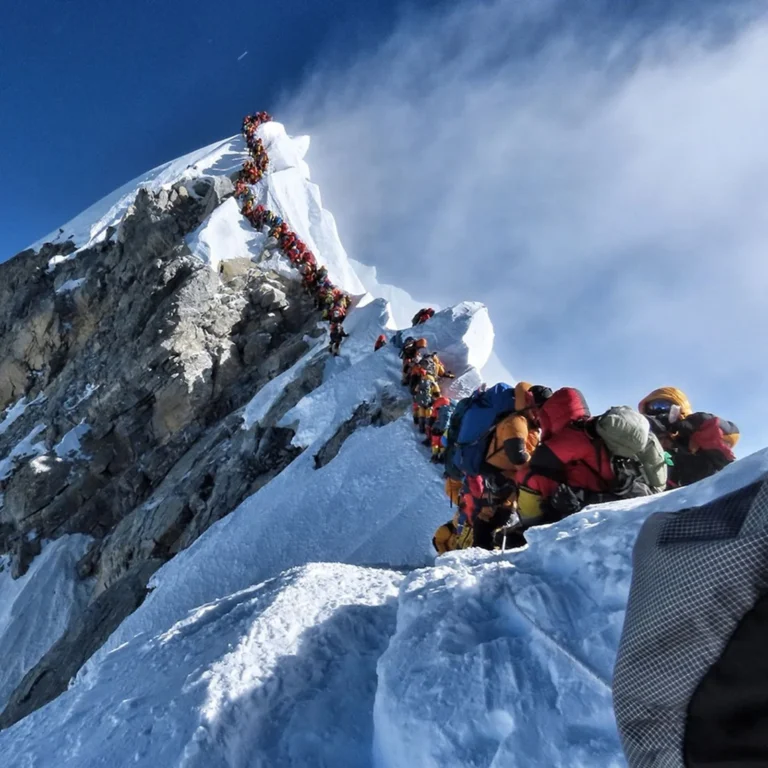Climbing Mount Everest for free involves a few key steps. First, secure sponsorships from companies or organizations that align with your mission. This can cover costs like permits and gear. Second, train effectively yet economically. Use local hiking trails for stamina building and do home workouts for strength training.
Third, acquire necessary gear without incurring costs. Borrow or rent equipment, buy second-hand, or get gear through sponsorships.
Lastly, prepare mentally for the climb through practices like yoga and meditation. Remember, safety should never be compromised to save costs.
Why would someone want to climb Everest for free?

Financial Constraints
One of the most obvious reasons is financial constraints. The cost of climbing Mount Everest can be prohibitively expensive for many. It includes the cost of permits, gear, travel, guides, and other logistical support. By seeking sponsorships, borrowing or renting equipment, and training independently, climbers can potentially reduce or even eliminate these costs.
Personal Challenge
For some, the idea of climbing Everest for free might represent a personal challenge. It adds an extra layer of difficulty to an already formidable task. It requires not only physical and mental strength but also resourcefulness, resilience, and a knack for persuasion (especially when it comes to securing sponsorships).
Making a Statement
Climbing Everest for free can also be a way to make a statement or stand for a cause. It could be a statement against the commercialization of mountaineering or a way to bring attention to economic disparities in outdoor adventures.
Simplicity
Some climbers might prefer the simplicity and minimalism that comes with climbing without the frills of a fully supported expedition. It allows them to experience the journey in its rawest form, relying on their skills and resourcefulness.
Environmental Concerns
Lastly, by climbing for free, climbers might aim to minimize their environmental impact. Commercial expeditions often involve large teams and extensive logistics, which can contribute to the environmental degradation of the mountain. Climbing in a small team or solo with minimal equipment can help mitigate this impact.
How can you secure sponsorships for your Everest climb?

Securing sponsorships for an Everest climb can be a challenging but rewarding process. Here’s a more detailed look at how you can go about it
Identify Potential Sponsors
Start by researching companies or organizations that might be interested in sponsoring your climb. These could be outdoor gear companies, adventure travel agencies, or even local businesses in your area. Look for entities that have previously sponsored similar ventures or show interest in outdoor activities and adventures.
Create a Compelling Proposal
Once you’ve identified potential sponsors, the next step is to create a compelling proposal. This should clearly communicate why you want to climb Everest and how it aligns with the sponsor’s values or interests. You could highlight the unique aspects of your journey, your commitment to the climb, and the visibility and recognition the sponsor will receive in return.
Leverage Social Media
Social media can be a powerful tool in securing sponsorships. You can use platforms like Facebook, Instagram, or LinkedIn to reach out to potential sponsors. You can also use these platforms to document and share your journey, which can help attract sponsors. Regular updates, engaging content, and a growing follower base can make you an attractive prospect for sponsorship.
Networking and Personal Connections
Don’t underestimate the power of networking and personal connections. Attend events, join relevant groups or clubs, and reach out to your personal network. You never know who might be able to connect you with a potential sponsor.
Persistence and Follow-up
Securing sponsorships often requires persistence. Don’t get discouraged if you don’t get a positive response immediately. Follow up on your proposals, show your progress in training and preparation, and keep the conversation going.
What cost-effective methods can you use for training and preparation?

Local Hiking
Regularly hiking in your local area can be a great way to prepare for the physical demands of climbing Mount Everest. It helps you build stamina and endurance, and it also acclimatizes your body to long treks.
Plus, it’s a great way to test out your gear and get comfortable with it before the big climb. If you live in a flat area, consider stair climbing or hill repeats to simulate the uphill trek.
Fitness Training
You don’t necessarily need a fancy gym membership to train for Mount Everest. Basic fitness training at home can be very beneficial. Focus on cardiovascular exercises like running, cycling, or skipping rope to improve your heart health and lung capacity.
Strength training exercises focusing on the legs, core, and upper body can also be done at home with minimal equipment. These exercises help build the strength and endurance required for the climb.
Mental Preparation
Mental preparation is just as important as physical preparation. Practices like yoga and meditation can help prepare you mentally for the challenges ahead. They can improve your focus, patience, and ability to stay calm under stress, which are crucial for a successful Everest climb.
Reading books or watching documentaries about Everest can also provide valuable insights and mentally prepare you for what to expect.
How can you acquire necessary gear and supplies without incurring costs?
Acquiring necessary gear and supplies for climbing Mount Everest without incurring costs can be a challenge, but it’s not impossible. Here are some strategies
Borrow or Rent
One of the most cost-effective ways to acquire gear is to borrow it. Reach out to your network of friends, family, and fellow climbers to see if they have any gear you could borrow for your climb. Some outdoor gear shops and organizations also rent out climbing gear, which can be a cost-effective option compared to buying new gear.
Buy Second-hand
Purchasing second-hand gear from online marketplaces, thrift stores, or garage sales can significantly reduce costs. However, it’s crucial to ensure the gear is in good condition and meets safety standards. Always check the condition of the gear before purchasing and avoid items that show signs of significant wear and tear.
Sponsorships
Some sponsors might provide gear or supplies as part of their sponsorship. This could be in the form of free gear from outdoor gear companies or financial support to purchase necessary supplies. When approaching potential sponsors, be clear about your needs and how their support could benefit them as well.
FAQ
What is the cheapest way to climb Mount Everest?
The most cost-effective way to climb Mount Everest is by using local operators for a Sherpa-supported climb. This requires you to handle all logistics, including permits, gear, travel, and other necessities.
Is Mount Everest free?
No, climbing Mount Everest is not free. You need to obtain a permit from the Nepalese government, which comes with a fee.
Can I climb Mount Everest with no experience?
While it’s technically possible, it’s highly discouraged. Climbing Mount Everest is a dangerous endeavor that requires significant mountaineering experience.
How much does it cost to climb on Everest?
The cost varies greatly depending on the level of support and services you choose. On average, a standard supported climb costs between $40,000 and $50,000.
Why does it take 2 months to climb Everest?
It takes about two months to climb Everest due to the need for acclimatization. This process involves gradually ascending to higher altitudes to allow the body to adapt to the lower air pressure and decreased oxygen levels.
Why is Everest so expensive?
The high cost of climbing Everest is due to several factors, including the cost of permits, specialized equipment, guides, and logistical support.
Is Everest safer now?
While recent studies suggest that Everest has become a little safer over the years, climbing Everest still involves significant risks and challenges.
Are dead climbers left on Everest?
Yes, due to the extreme conditions and the difficulty and danger of recovery, many bodies of deceased climbers have been left on Mount Everest.
How many people climb Everest every year?
The number of people who attempt to climb Everest varies each year, but on average, about 500 to 600 climbers reach the summit annually.
Final thoughts
In conclusion, climbing Mount Everest for free is a challenging but achievable goal. It requires securing sponsorships, training economically, acquiring necessary gear cost-effectively, and preparing mentally for the climb. While the journey is tough, the sense of accomplishment is unparalleled. However, it’s crucial to remember that safety should never be compromised for cost-saving. Climbing Everest is a dangerous endeavor and proper preparation, equipment, and guidance are vital. Happy climbing!

